Falafel with Tahini Sauce – If you’ve ever had falafel before, then you know that being able to make this falafel recipe at home is a treat! And, if you’ve never had falafel, dig in and enjoy this savory and delicious recipe.
Plus I am going to pair this Falafel with Tahini Sauce to boost the savory and creamy flavor. Even though I know that my falafel’s stand on their own!
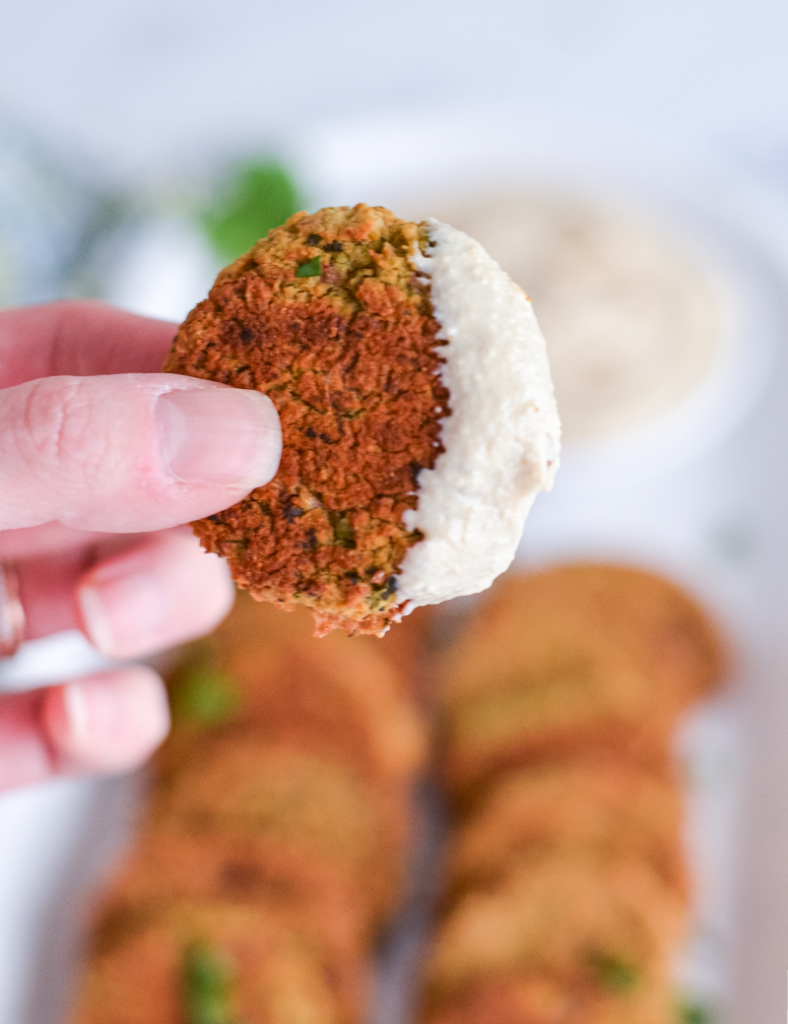
- Making Food Truck Favorites Healthy
- Unglazed Natural Clay Stoneware
- Mission Make Falafel with Tahini Sauce as good as a Food Truck, but Healthier
- How to Make the Best Homemade Baked Falafel recipe
- 100% Ceramic Baking Pan
- Trust Me! Baked Falafel with Tahini Sauce is Loaded with Flavor
- Keeping it “Street” but Still Healthy
- Falafel with Tahini Sauce – Savory Mediterranean Pairing
- Kitchen Favorites
Making Food Truck Favorites Healthy
Food truck that serve everything from Korean tacos to chili-infused cupcakes, seem to be popping up on every street corner. These mobile kitchens are bringing street foods back into fashion. From chic indulgences that far exceed the classic hotdog or soft pretzel; some even call it “street cuisine.”
But, street foods are not a new phenomenon. They can be traced all the way back to ancient societies in Greece, Rome, and Egypt. Vendors catered to people without kitchens in their homes.
While today’s street vending trucks still supply convenience, they are also providing an effortless way to eat quickly. Unfortunately, most are unhealthful foods that are masked by their creative ingredients, pack on the pounds, and are prepared in a manner that is less than ideal for maintaining a Clean Cuisine lifestyle. In other words, street treats are often not so chic.
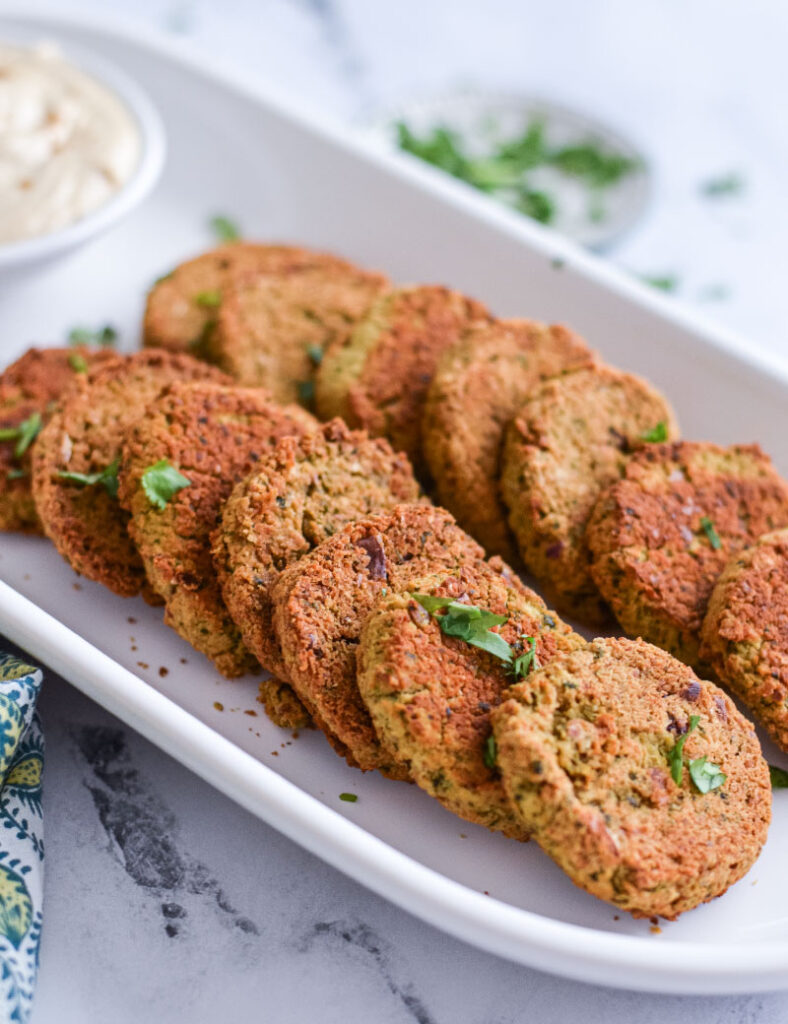
Mission: Make Falafel with Tahini Sauce as good as a Food Truck, but Healthier
So, we thought it might be fun to hit the streets and clean ‘em up. And… where better to start than Falafel with Tahini Sauce? This delectable treat is not only a popular item today but has been made with healthful ingredients for street-goers since ancient times.
Deliciously filling fritters made with fiber-packed and antioxidant-rich legumes. Then, we add in some herbs, and spices to make this Falafel a treat that is bursting with nutrient density.
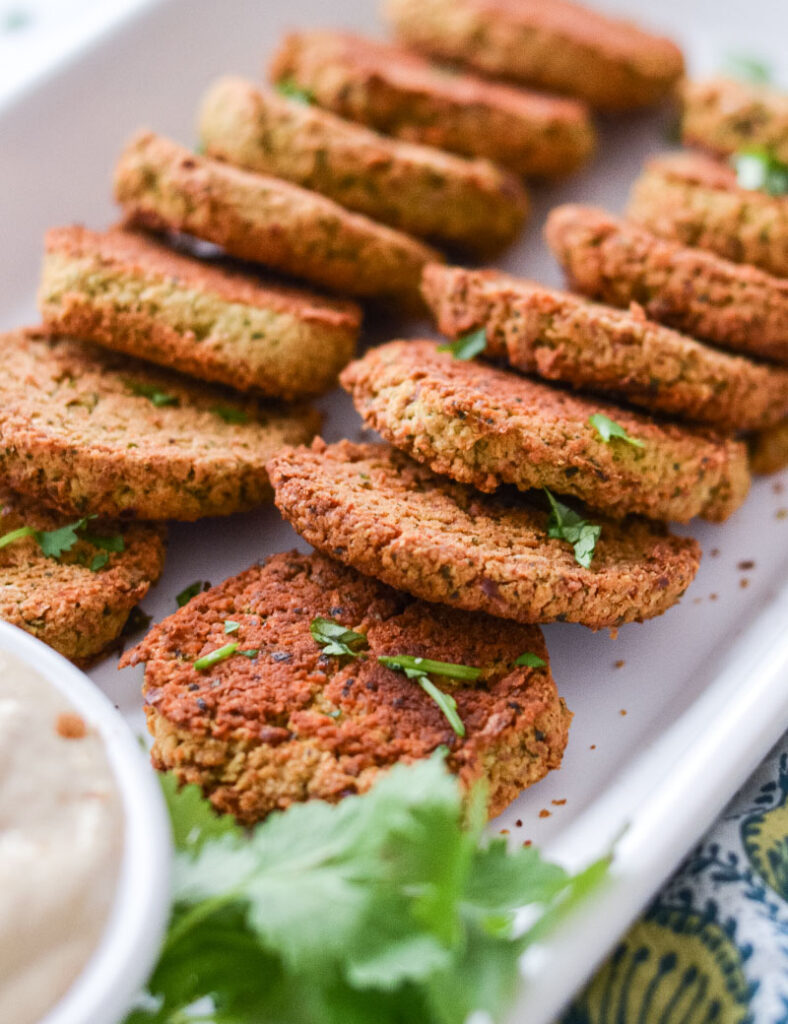
How to Make the Best Homemade Baked Falafel recipe
So, you might be asking, “what’s to clean up?” Yes, the ingredients in Falafel pack a healthful punch. However, it is essential to remember that how we cook is just as important as what we cook.
Falafel is typically prepared in deep fryers filled with highly refined, empty-calorie vegetable oils. The nutrients and fiber in this scrumptious treat are removed when we saturate them with oil. Even the deceivingly healthful-sounding oils that are labeled organic, all-natural, and gluten free.
And, while Clean Cuisine realizes that an oil-free kitchen is likely to be unexciting and bland, nobody should be eating an oil-rich diet. In addition, deep-frying is not the best way to maintain optimal health. Being mindful of the types of oils you use can also help disease prevention, weight loss, vitality, longevity, or good taste.
So, we’re skipping the oil and baking these delicate, savory falafels instead.
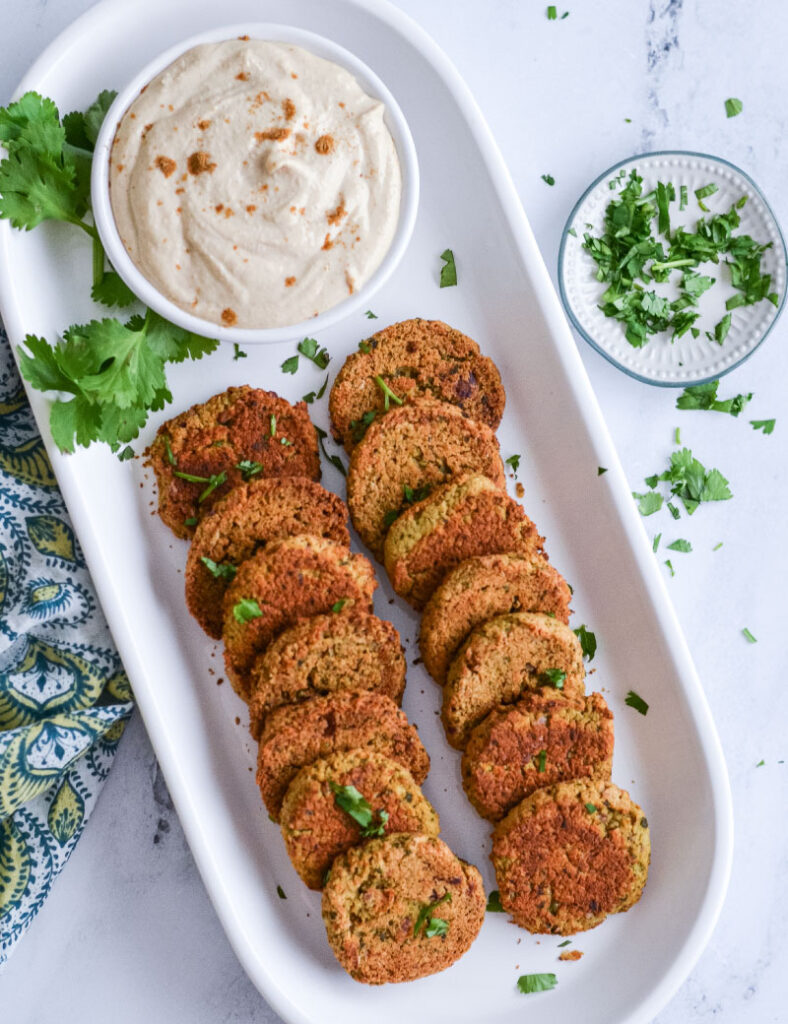
Trust Me! Baked Falafel with Tahini Sauce is Loaded with Flavor
The key to eating scrumptious food is to maximize taste and nourishment by minimizing the amount of oil when cooking. Oils should be used as a condiment, a flavoring, and a means to cook food.
Deep-frying makes oil the basis of your meal. Because beans, herbs, and spices taste much better than unhealthful oils, we’ve come up with a Baked Falafel with Tahini Sauce recipe that enhances the flavorful ingredients. The best part is that we do this without drowning the nutrients in the cooking process.
What we found is that our falafels are just as tasty when baking with just a little bit of nutrient-rich, cold-pressed, extra virgin olive oil.
Keeping it “Street” but Still Healthy
We know it can be hard to hear about this creative food truck cuisine that twists and infuses ingredients while maintaining a healthy lifestyle. However, it is possible to stay healthy and enjoy some of these new trends.
Street foods may not be the healthiest option when we’re on the run, but luckily most of us have kitchens in our homes. Without having to install a deep fryer, our Baked Falafel with Tahini Sauce also pairs nicely as a salad. See the recipe at the end of the post.
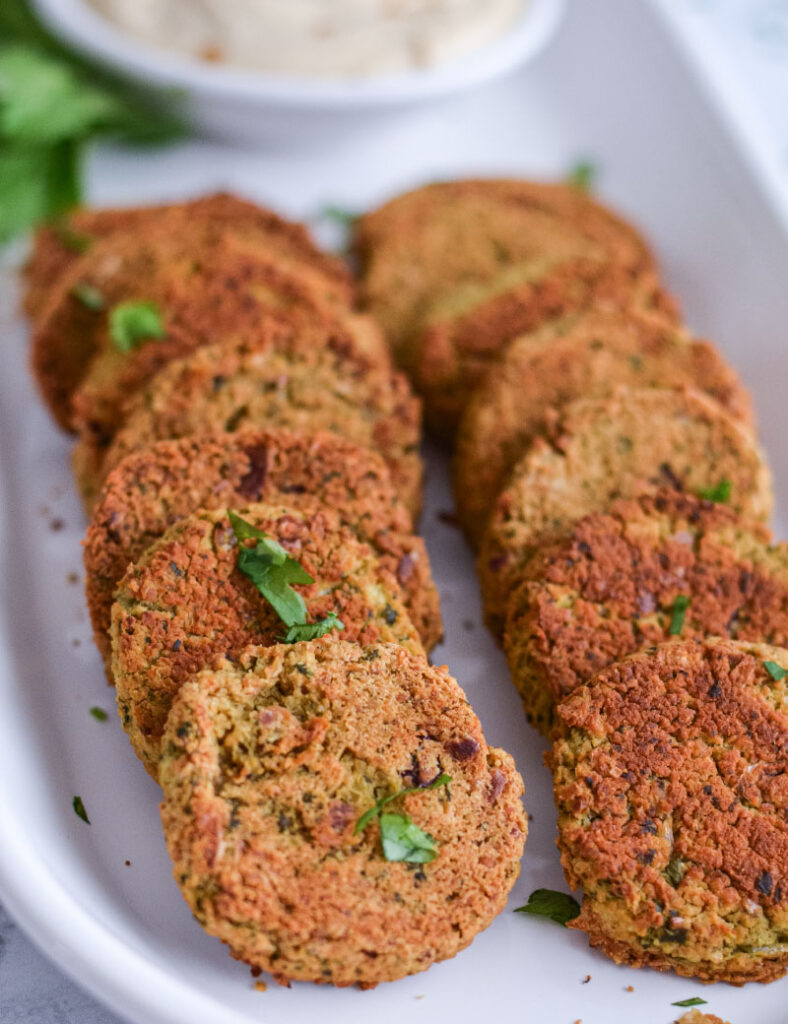
Falafel with Tahini Sauce – Savory Mediterranean Pairing
So, what is Tahini? Well, tahini is simply ground up sesame seeds. It has an earthy and nutty flavor that’s versatile enough for it to work well in both savory and sweet recipes!
This creamy paste has become popular all around, but is especially so on the Mediterranean diet. It’s a fantastic source of healthy fats, and is loaded down with nutrients, vitamins, and minerals.
Make your own Homemade Tahini Sauce. Just pair tahini paste with lemon juice, apple cider vinegar, garlic and cumin and you’ll have a savory and delicious falafel with tahini sauce pairing.
Falafel with Tahini Sauce
This baked Falafel with Tahini Sauce recipe is made with antioxidant-rich legumes, herbs, and spices. Tahini Sauce is the perfect pairing making this Mediterranean dish savory and delicious.
- Prep Time: 15 minutes
- Cook Time: 25 minutes
- Total Time: 40 minutes
- Yield: 8–12 1x
Ingredients
- 3 cup organic garbanzo beans, rinsed and drained
- 3 tablespoons + 2 tablespoons extra virgin olive oil, divided
- 1/2 cup red onion
- 1 cup fresh cilantro and/or parsley
- 4 garlic cloves
- 1 teaspoon lemon juice
- 1 teaspoon cumin
- 1/2 teaspoon cinnamon
- Sea Salt, to taste
- 1 batch of Homemade Tahini Sauce
Instructions
- Preheat oven to 375 degrees if using a stainless steel baking sheet. However, we highly recommend and only use stoneware baking pans. If a stoneware baking pan, then set the over to 400 degrees.
- To the baking pan, add 3 tablespoons of olive oil and using a basting brush, spread out the oil so it covers the bottom of the pan.
- Place all of the remaining ingredients into a food processor – garbanzo beans, 2 tablespoons of olive oil, onion, cilantro, garlic, lemon juice, cumin, cinnamon and sea salt.
- Using a medium scoop (2 tablespoons), scoop the mixture onto a plate until all of the mixture is scooped. Using your hands, shape the falafel mixture into small patties. Each should be about 2″ wide and 1/2″ thick. Place the falafel onto the oiled baking pan.
- Bake for about 20-25 minutes until the bottom is golden brown. Very, very carefully, flip the falafels and return to the oven. The falafels are going to be brittle and crack easily if you flip up quickly. Then, once flipped, bake for an additional 18-22 minutes until both sides are golden brown.
- Remove the baking pan from the oven and let the falafels cool for about 10 minutes on the pan. They will firm up and make it easier to dip them.
Try one of these dips to pair with your Baked Falafel recipe:
Last Step! If you loved our recipe, leave us a review below. This helps future recipe makers and ensures continued high-quality recipes for years to come!
Notes
- If you flip one falafel at 20-25 minutes but it is NOT golden brown, then stop. Add it back to the oven for an additional 2-5 minutes. Then, finish baking on the other side.
- We use a stoneware baking pan which does not allow food to burn. If you’re using a stainless steel pan, be sure to check every few minutes when the falafels are close to the 20 minute mark before flipping to avoid burning them.
- LEFTOVERS – I was not a fan of how they warmed up and lost their crispiness re-heating. I would highly recommend eating them warm/hot and enjoy with the tahini sauce!
Make a Chopped Falafel with Tahini Sauce Salad
We love pairing our baked falafel recipe dipped in homemade Tahini Dressing or a quick salad drizzled with the same dressing. So fulling and satisfying. Here’s what you need:
- Tomatoes, chopped (About 1 per person)
- Cucumbers, seeded and chopped (½
- cucumber per person)
- Scallions, chopped (¼ cup per person)
- Carrots, chopped (2 per person)
- Toss the ingredients together in the large mixing bowl.
- Take out enough salad for one person, add 1 or 2 baked falafel patties and chop well. Place salad in serving bowl and drizzle with tahini dressing. Repeat with remaining ingredients. Serve at room temperature.
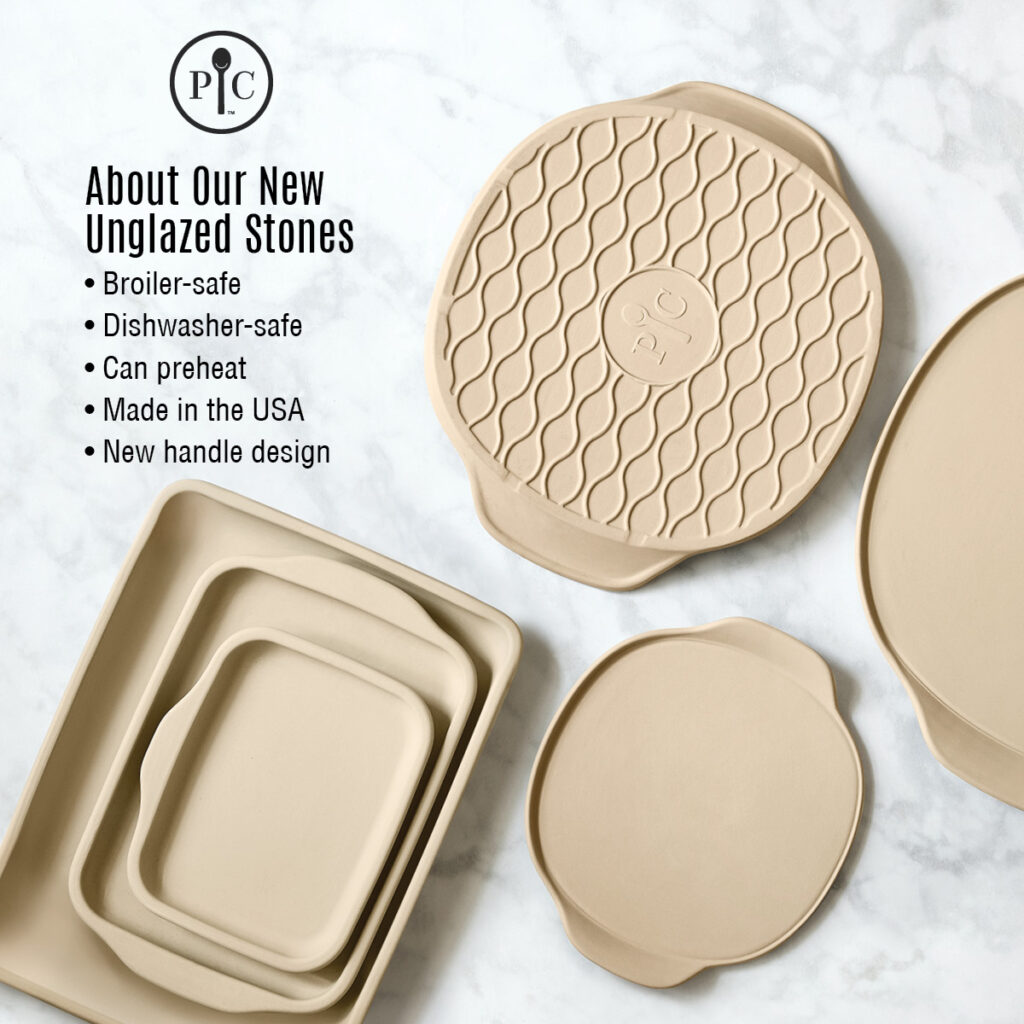
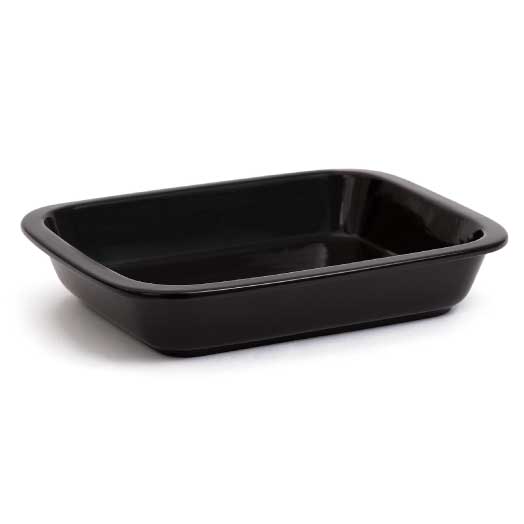
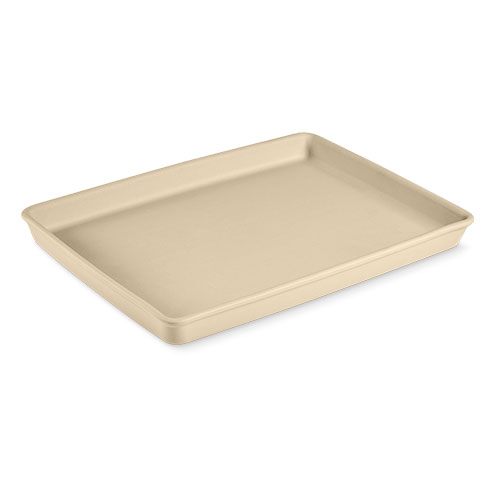
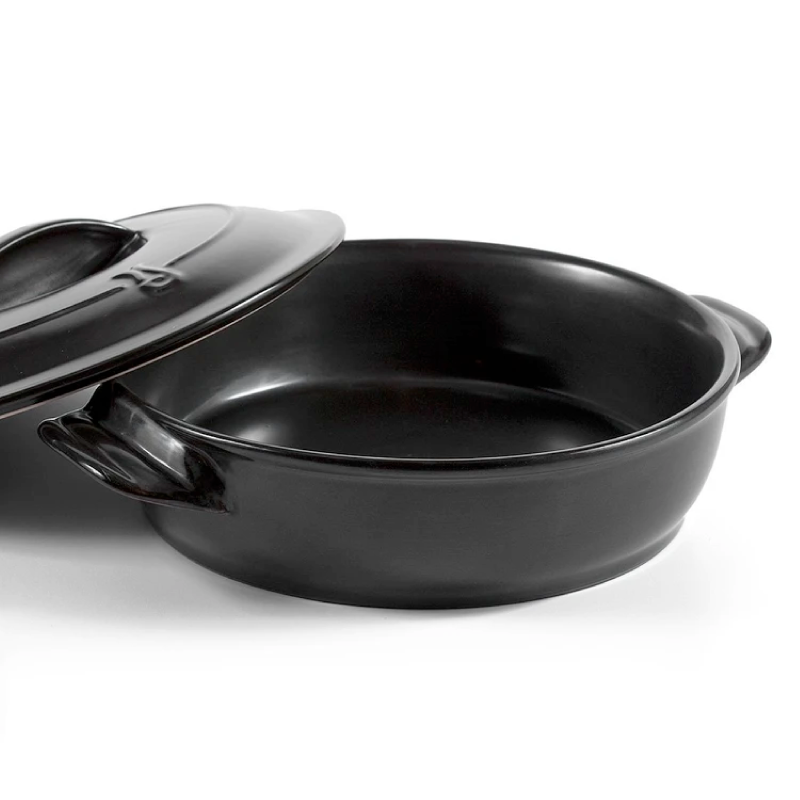
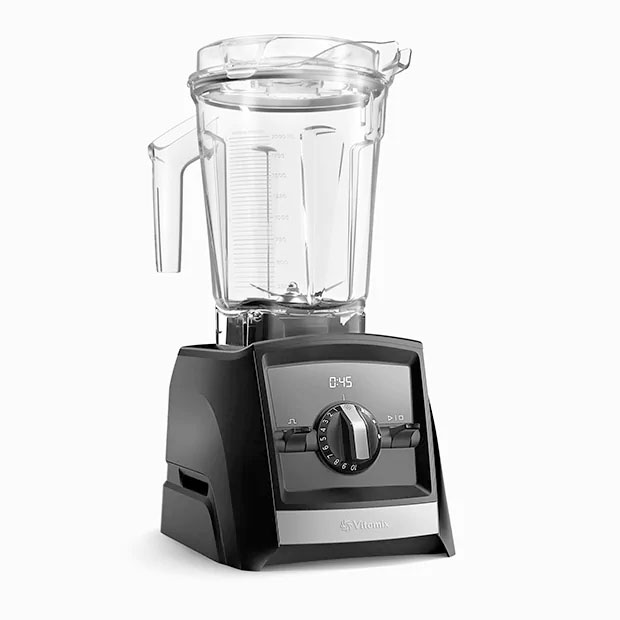
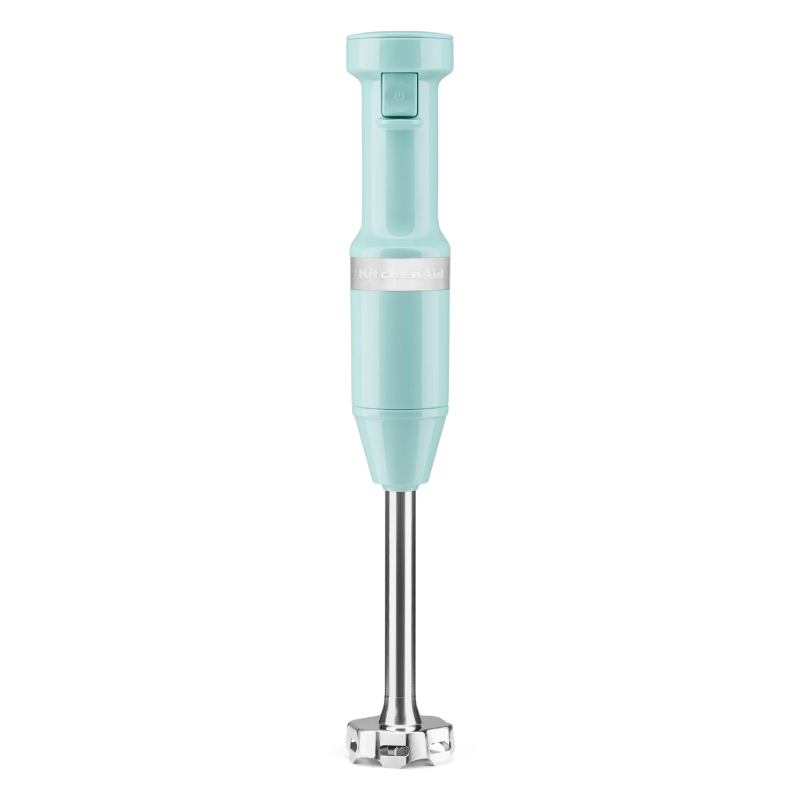
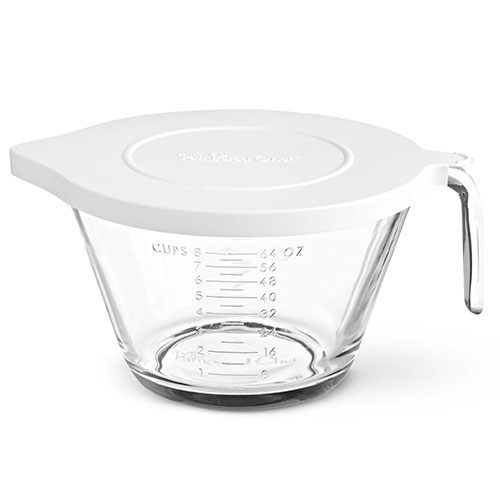

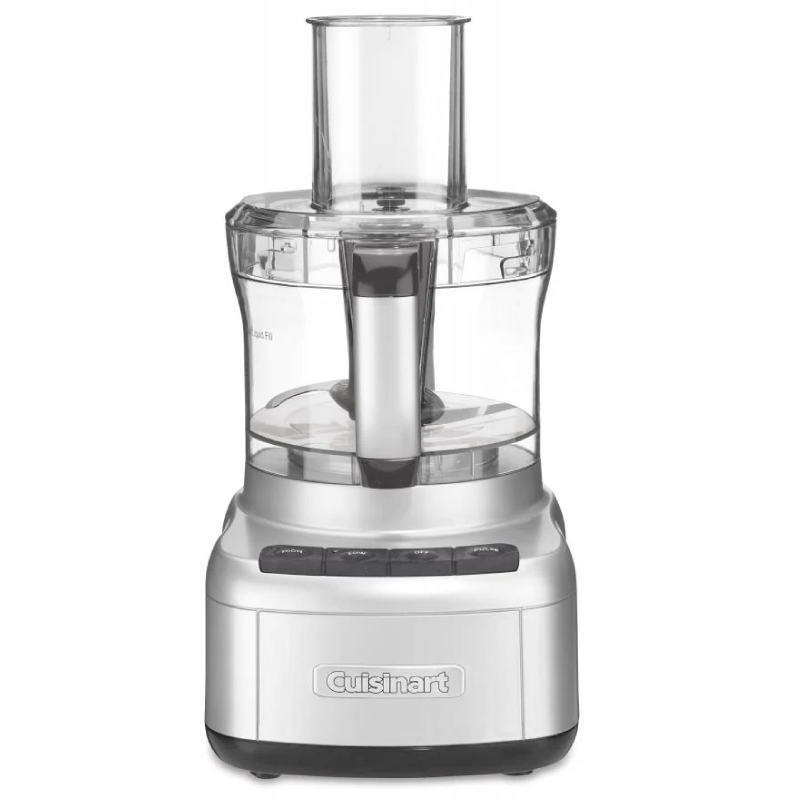
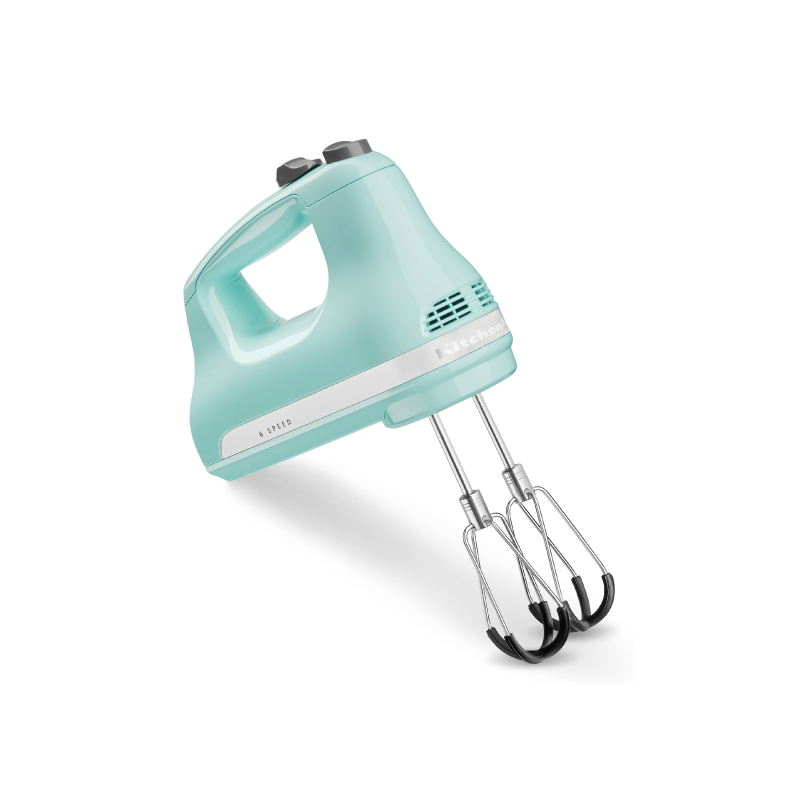
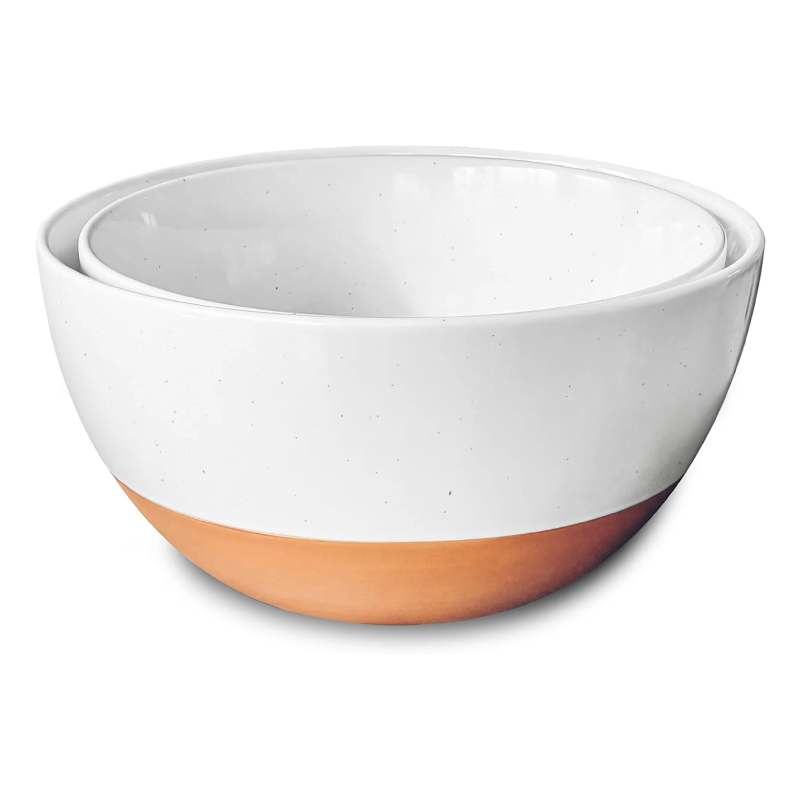
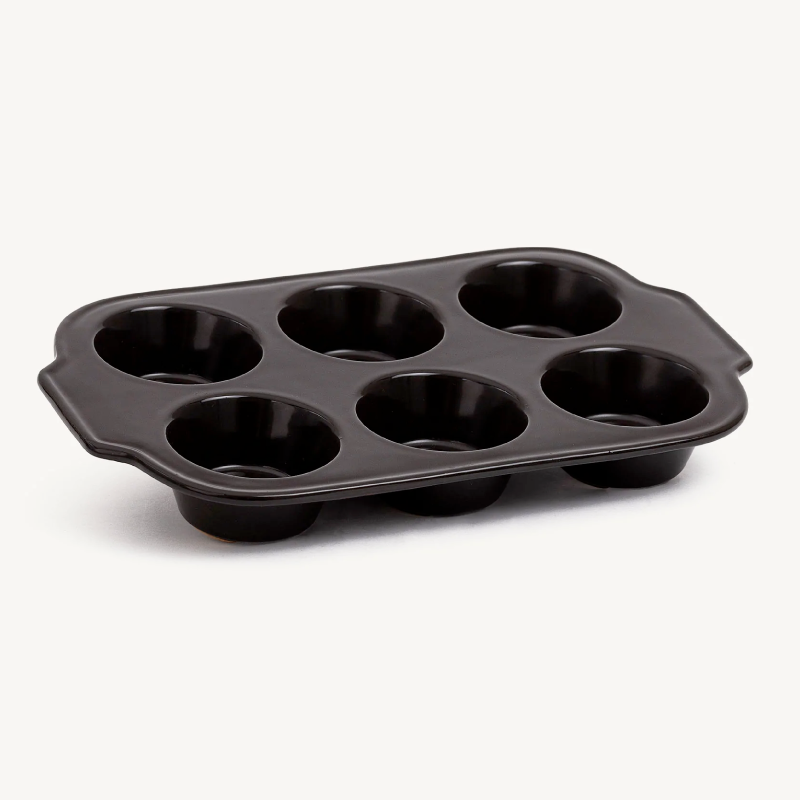
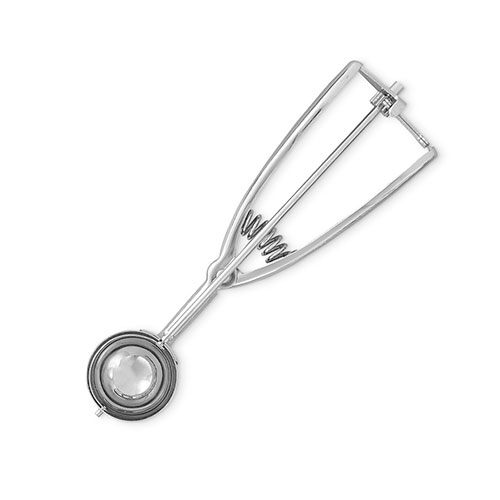
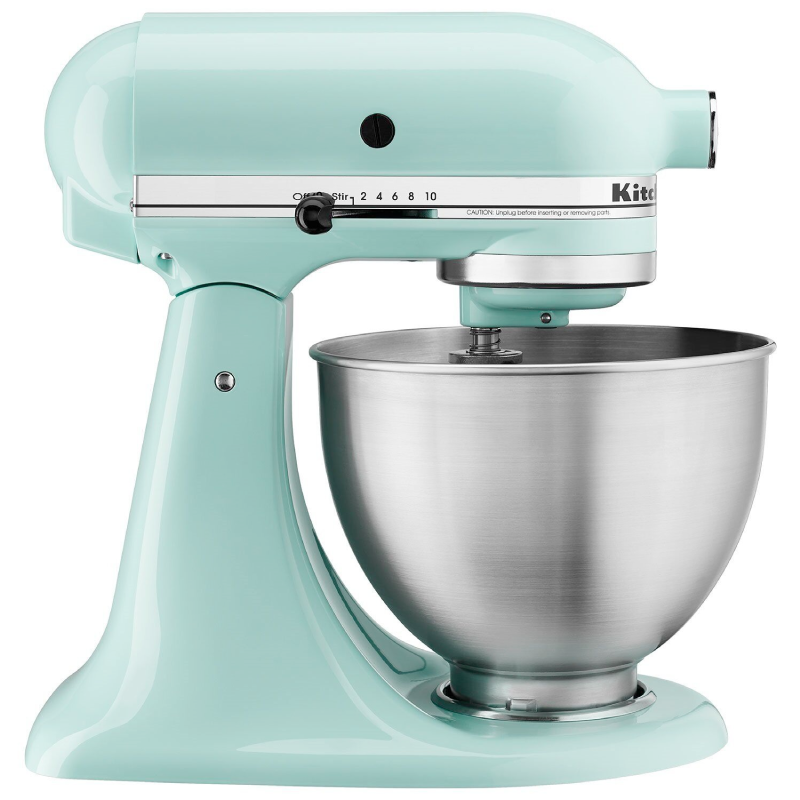
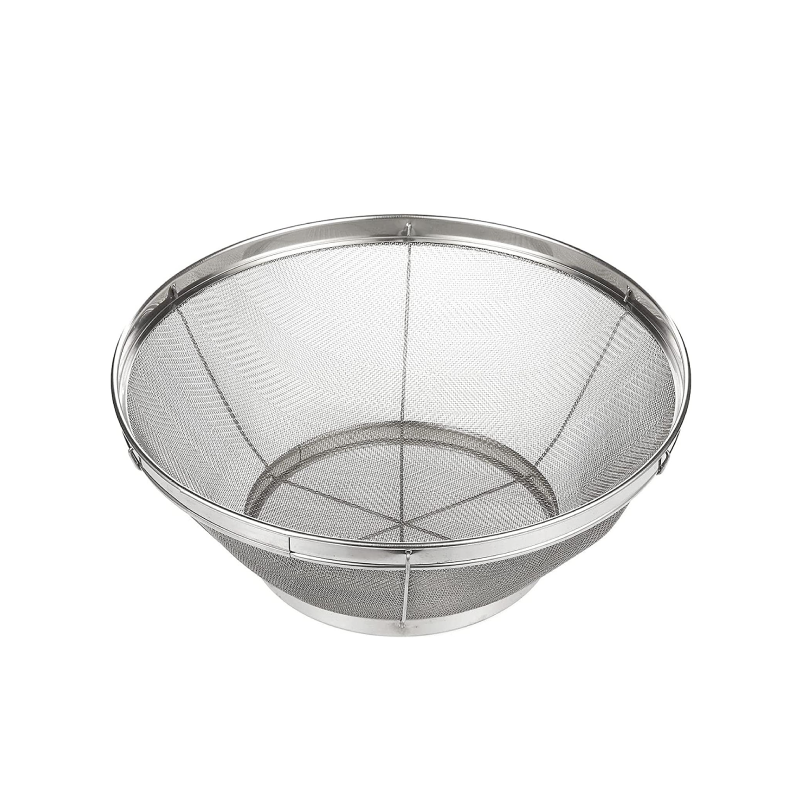
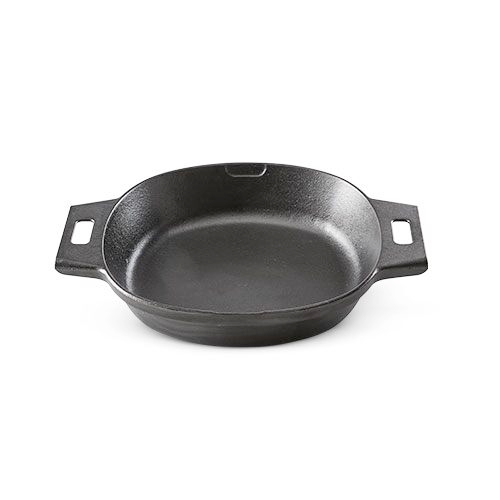
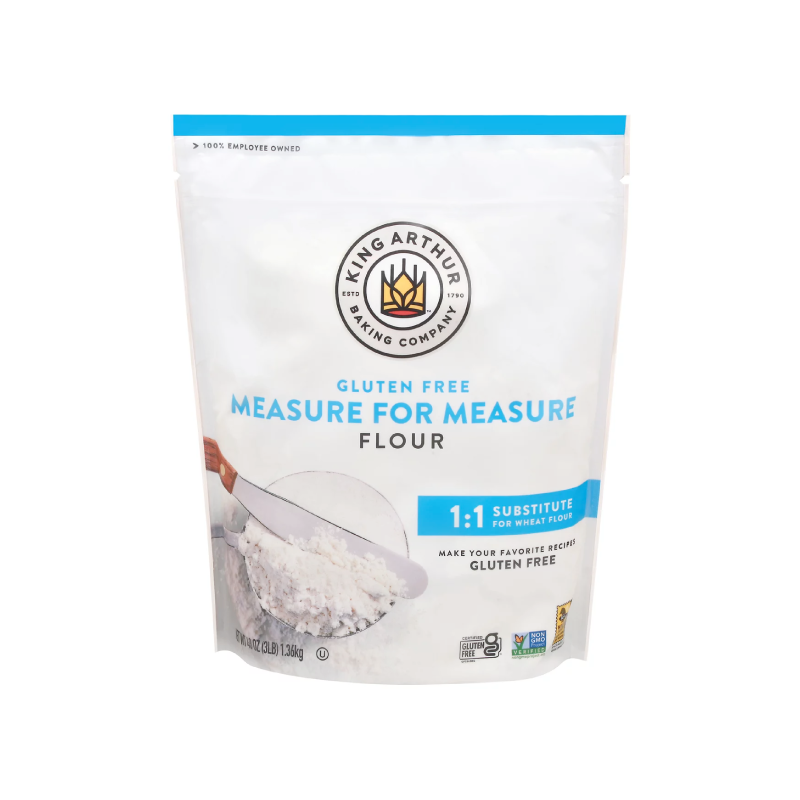
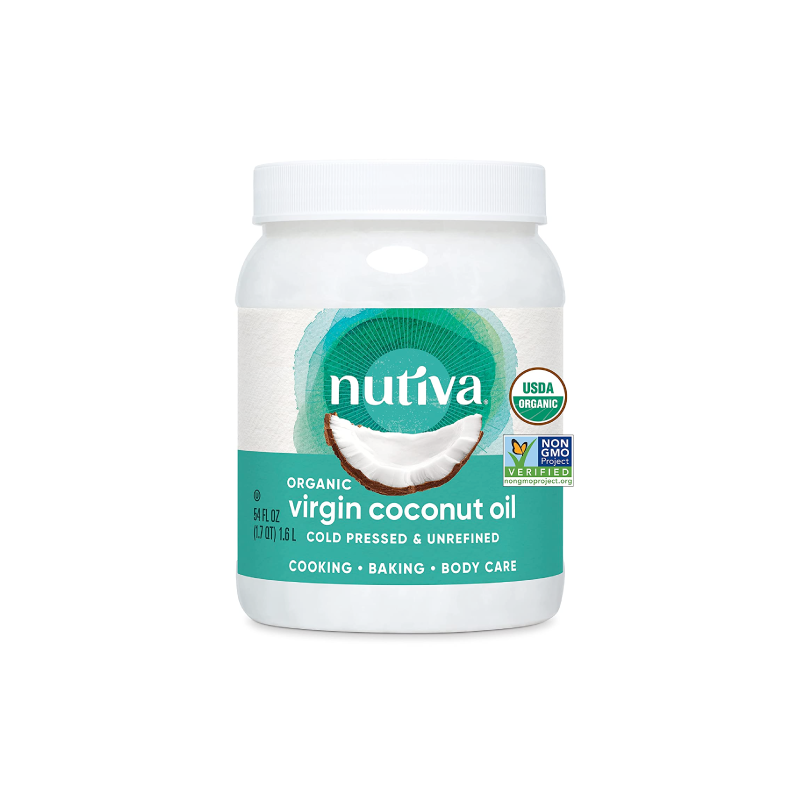
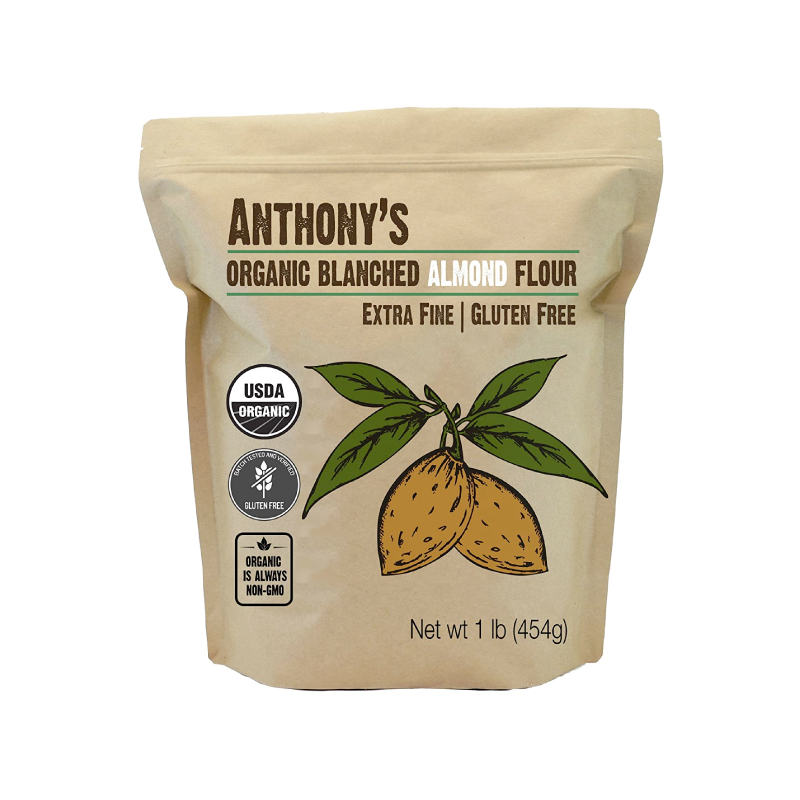
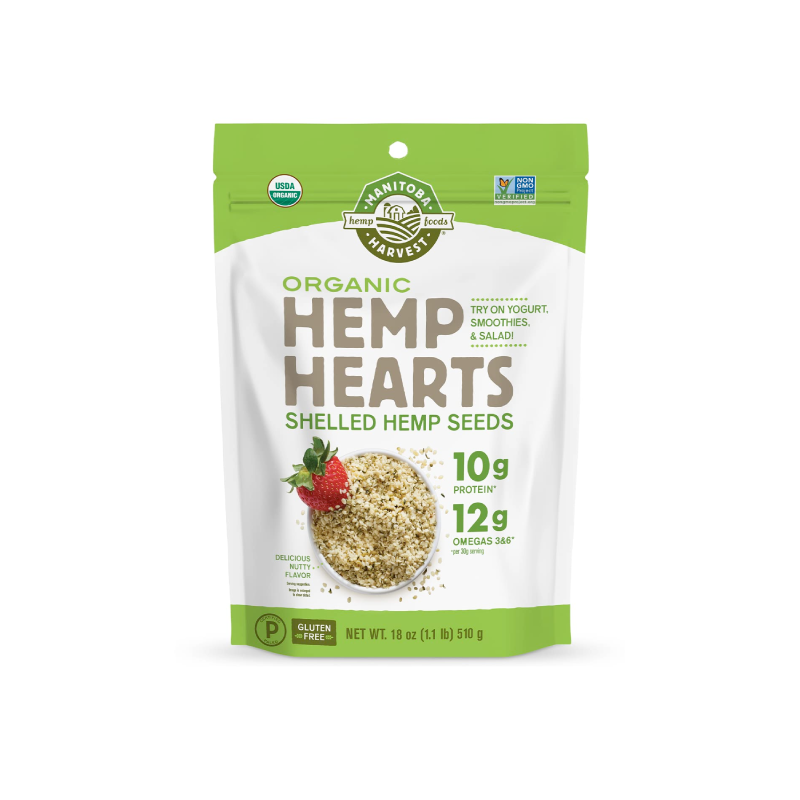
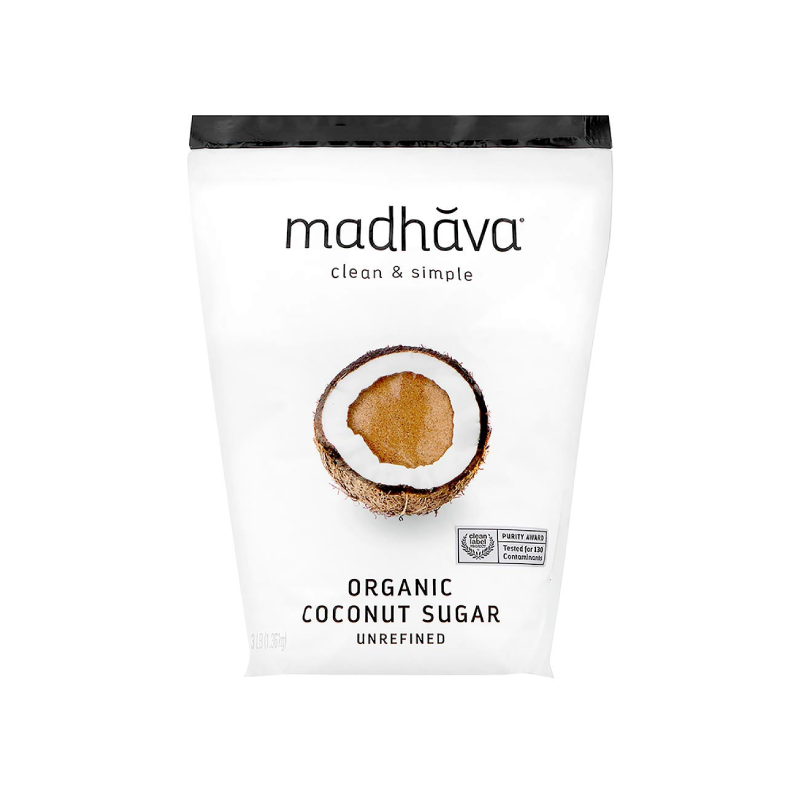
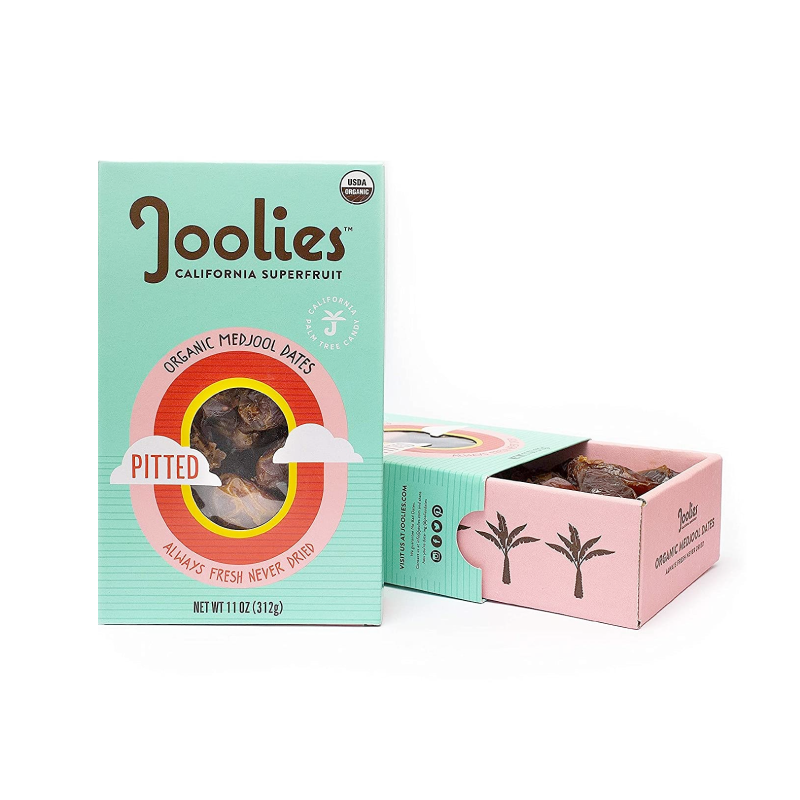
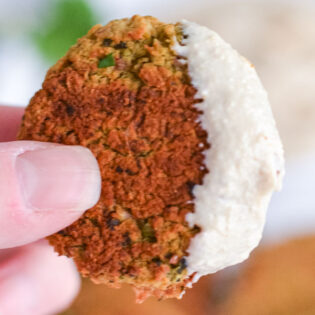
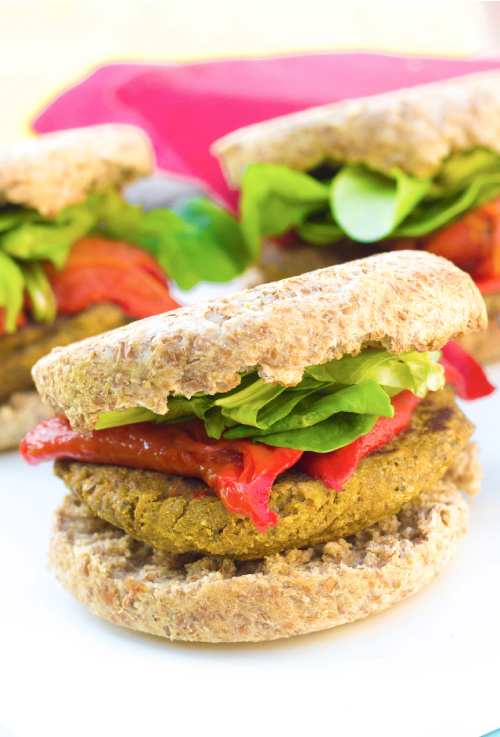
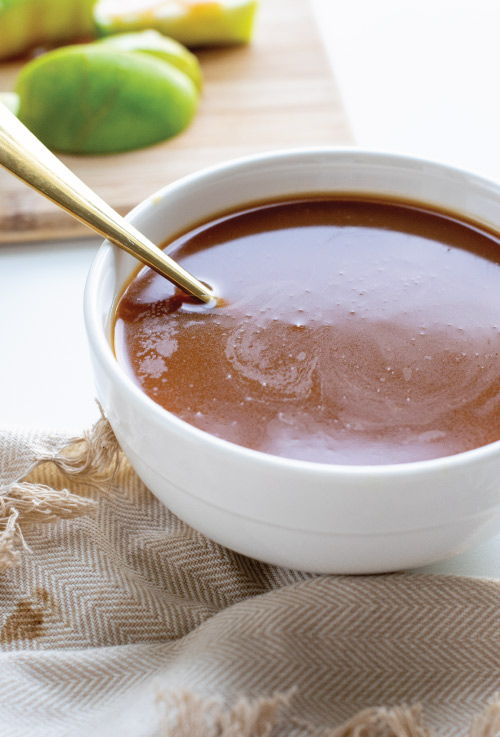
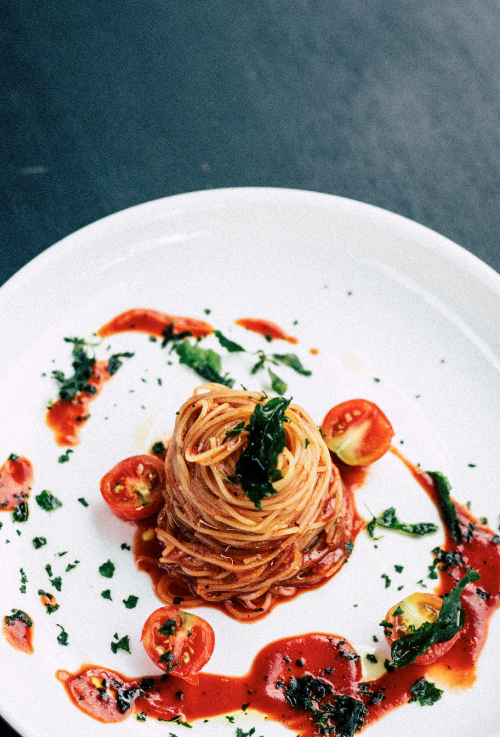
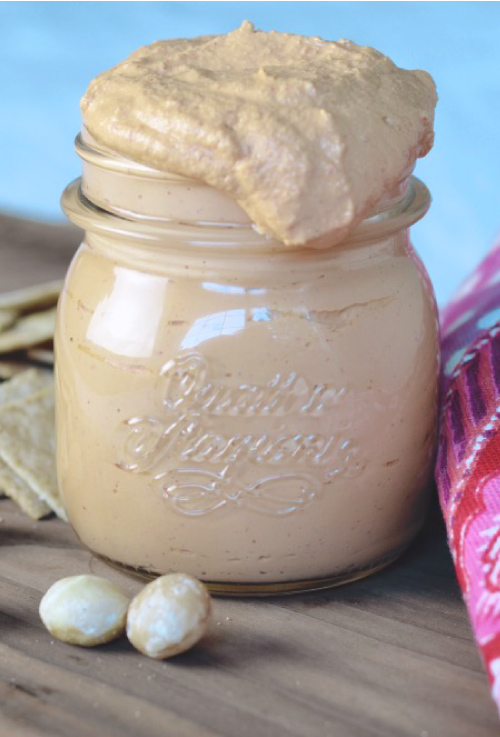
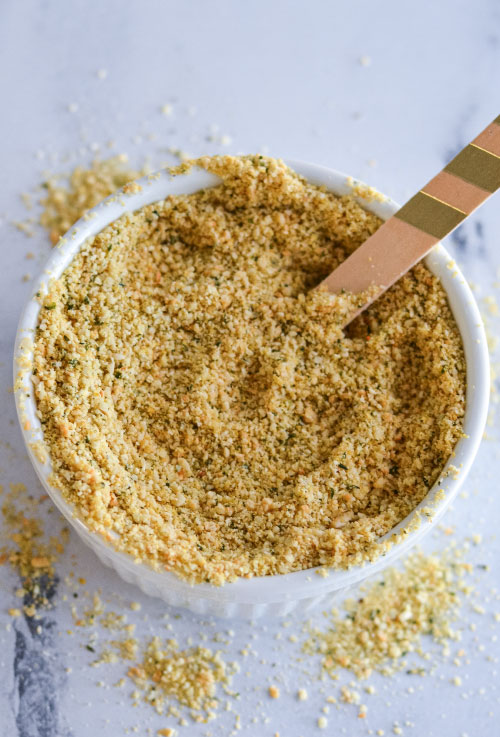
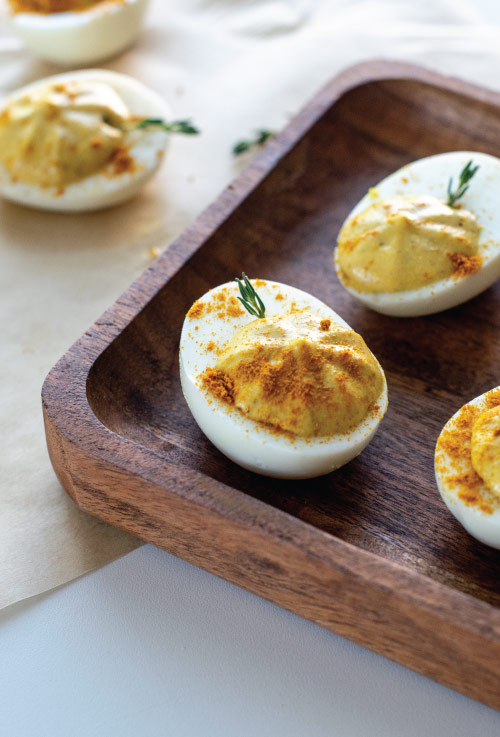
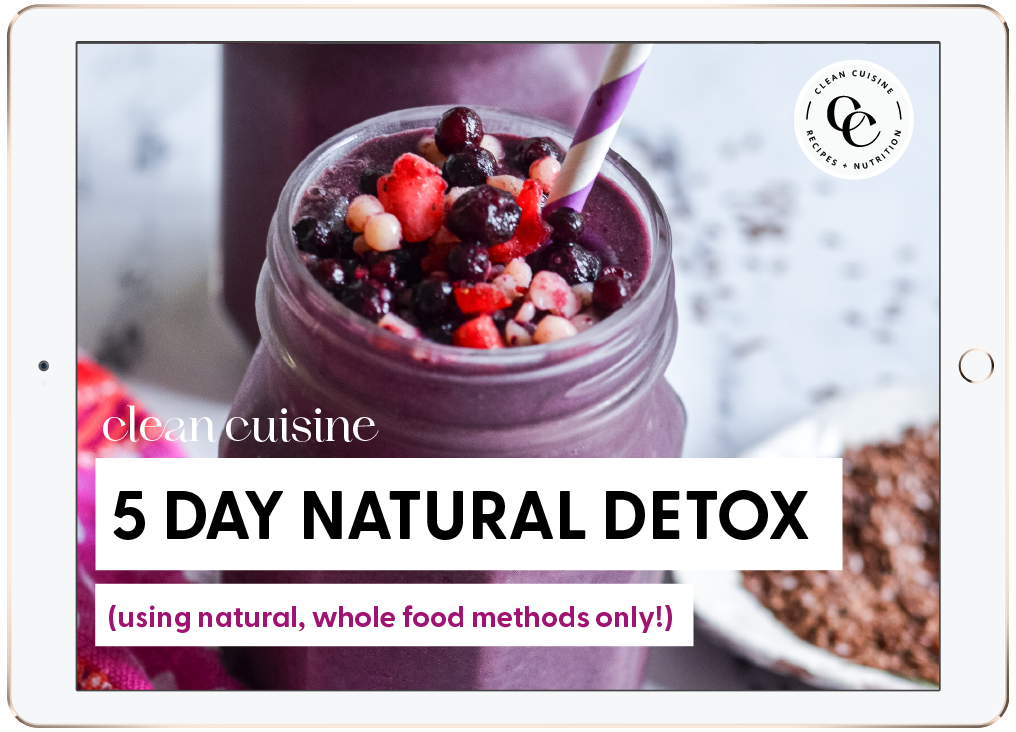
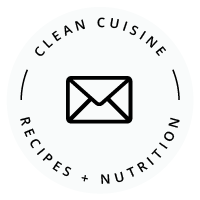
Linda
Sunday 8th of August 2021
Do you take the skin off the chickpeas before mashing?
Aimee Harris Niedosik
Sunday 8th of August 2021
We don't, no. We use the whole vegetable or fruit as much as humanly possible. Enjoy!